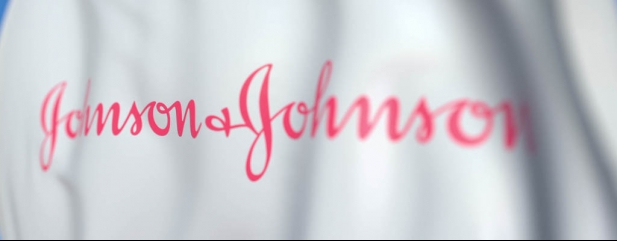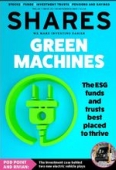Archived article
Please note that tax, investment, pension and ISA rules can change and the information and any views contained in this article may now be inaccurate.
Johnson & Johnson rips off Band-Aid in consumer healthcare battle

Johnson & Johnson plans to spin off its consumer products unit which comprise some of the world’s most iconic brands such as Neutrogena, Tylenol and Band-Aid.
The division is expected to generate around $15 billion of revenues in 2021 which represent around 16% of the company’s overall revenues.
Spin-offs or demergers have suddenly become all the rage with four announced in quick succession over the past few weeks.

General Electric decided to split into three separate companies, Toshiba is contemplating a break-up of its businesses and online trading platform CMC Markets (CMC) is looking to separate its leveraged and unleveraged businesses.
The underlying logic behind all these moves is a desire to unlock so-called hidden value associated with conglomerates and to increase focus and drive growth in the separated companies.
In theory investors will pay more for a business when it is unshackled from its parent because it has access to its own cash flows and can make capital allocation decisions which maximise its future value.
For example, the Financial Times reported that the investors might pay an extra 15% for Johnson & Johnson’s businesses should they trade separately.
J&J FOLLOWS IN GSK’S FOOTSTEPS
Johnson & Johnson’s move mirrors that of UK pharma group GlaxoSmithKline (GSK) which is due to spin off at least 85% of its consumer healthcare division in the middle of next year.
That sets up a potentially intriguing battleground between the two largest consumer healthcare companies in the world as they go head-to-head to consolidate what both companies admit is a fragmented market.
The businesses are similar in size with GSK’s consumer health division forecast to have revenues of around £10 billion or $13.4 billion at current exchange rates.
Johnson & Johnson claims to be a global leader with a ‘powerful’ portfolio of iconic brands comprising four $1 billion megabrands and 20 brands over $150 million.
It has leading positions in over the counter self-care, skin health and essential health including baby care, feminine care and oral health.
Following the merger of GSK’s and Pfizer’s consumer healthcare divisions in 2019 the combined business claims market leadership in over the counter pain relief, respiratory products, and vitamins.
The company also claims leadership positions in the important US market with a 10.5% market share and Asia overall (number two in China) and a third of revenues are generated in emerging markets which are expected to have faster growth.
An ageing global population and increasing desire for consumers to manage their own health should underpin future organic growth on top of anticipated acquired growth for both companies.
Important information:
These articles are provided by Shares magazine which is published by AJ Bell Media, a part of AJ Bell. Shares is not written by AJ Bell.
Shares is provided for your general information and use and is not a personal recommendation to invest. It is not intended to be relied upon by you in making or not making any investment decisions. The investments referred to in these articles will not be suitable for all investors. If in doubt please seek appropriate independent financial advice.
Investors acting on the information in these articles do so at their own risk and AJ Bell Media and its staff do not accept liability for losses suffered by investors as a result of their investment decisions.
 magazine
magazine








